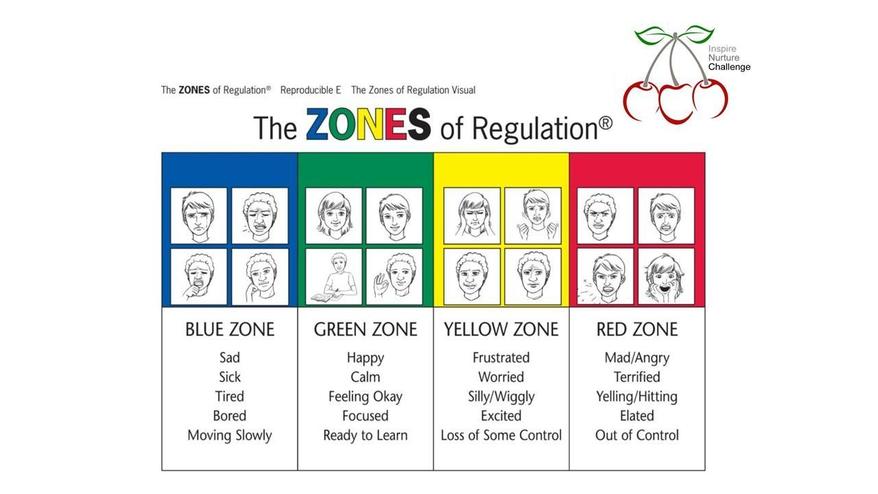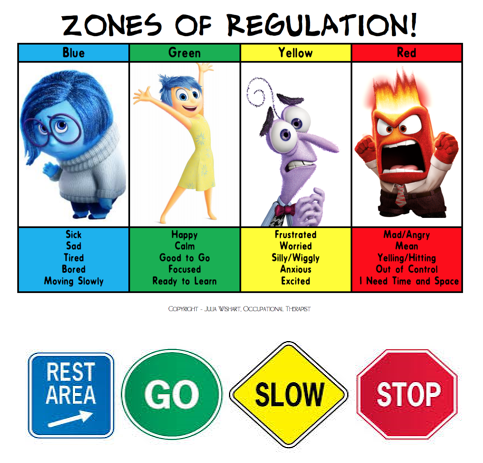Behaviour Expectations
We have the highest of expectations for all of our children, regardless of ability, specific special need or personal circumstance. We work effectively as a school community because we expect everyone to respect difference and to support each other, within the parameters of exceptional learning behaviour.
The children are helped to consider what they think are the behaviours that they should display in order to make the most of every day in school. Staff and Governors also have their Code of Conduct documents, and there is a policy for visitors and volunteer adult helpers in the school foyer, all of which help us to outline the school's expectations of everyone who plays a part in the life of our school.
School rules are kept to a minimum and provide for the safety and well-being of the children and the adults in our community.
Rather than having a set of rules for the children to remember, we have a single Golden Thread:
Think .... am I making a good choice?
The children understand that there is always a consequence for the choices that they make, and every child endeavours to make a positive choice, which is then rewarded.
We use the principles of Restorative Justice when helping children to reflect on their choices, enabling them to take full responsibility for their behaviour and to consider how best to repair any relationships if and when they fall out with their friends.
Zones of regulation
The Zones of Regulation is an internationally-renowned intervention which helps children to manage difficult emotions, known as ‘self-regulation’.
Self-regulation can go by many names such as ‘self-control’, ‘impulse management’ and ‘self-management’. Self-regulation is best described as the best state of alertness for a situation. For example, when your child takes part in a sports game, they would need to have a higher state of alertness than when, for example, they were working in a library.
From time to time, all of us (including adults) find it hard to manage strong feelings such as worry, anger, restlessness, fear or tiredness, and this stops us from getting on with our day effectively. Children who feel these emotions often find it hard to learn and concentrate in school. The Zones of Regulation aims to teach children strategies to help them cope with these feelings so they can get back to feeling calm and ready to learn. These coping strategies are called ‘self-regulation’.
At Dormansland Primary School, we have launched the Zones of Regulation throughout the whole school. We want to teach all of our children good coping and regulation strategies so they can help themselves when they experience anxiety and stress. In the classroom, sometimes children panic when faced with a tricky learning problem or challenge. By teaching them how to cope with these feelings, we might make them better at tackling learning challenges and build better resilience so they don’t give up so easily when faced with difficulty.
We want children at Dormansland to grow into successful teenagers then adults. Teaching the children at a young age about managing their feelings will support them in later life so that they don’t turn to negative coping strategies which affect their mental and physical wellbeing.
We aim to help children to:
- Recognise when they are in the different Zones and learn how to change or stay in the Zone they are in.
- Increase their emotional vocabulary so they can explain how they are feeling.
- Recognise when other people are in different Zones, thus developing better empathy.
- Develop an insight into what might make them move into the different Zones.
- Understand that emotions, sensory experiences such as lack of sleep or hunger and their environment might influence which Zone they are in.
- Develop problem-solving skills and resilience
- Identify a range of calming and alerting strategies that support them (known as their personal ‘toolkit’.)

What are the different Zones?
Blue Zone: low level of arousal; not ready to learn; feels sad, sick, tired, bored, moving slowly.
Green Zone: calm state of alertness; optimal level to learn; feels happy, calm, feeling okay, focused.
Yellow Zone: heightened state of alertness; elevated emotions; has some control; feels frustrated, worried, silly/wiggly, excited, loss of some control.
Red Zone: heightened state of alertness and intense emotions; not an optimal level for learning; out of control; feels mad/angry, terrified, yelling/hitting, elated, out of control.
We will teach the children that everyone experiences all of the Zones. The Red and Yellow zones are not ‘bad’ or ‘naughty’ Zones. All of the Zones are expected at one time or another. We will show them that the Blue Zone, for example, is helpful when you are trying to fall asleep.
How will my child learn about the Zones of Regulation?
We will be introducing the Zones through discrete teaching lessons and through our PSHE curriculum. We will also be using the Zones language as part of daily school life so all staff will be referring to them, not just their class teacher.
Some children might prefer not to use the ‘Zones language’ but label the emotions directly – this is fine and encouraged!

How can you help your child use The Zones of Regulation at home?
- Identify your own feelings using Zones language in front of your child (e.g.: I’m frustrated. I think I am in the Yellow Zone.”)
- Talk about what tool you will use to be in the appropriate Zone (e.g.: “I need to take four deep breaths to help get me back to the Green Zone.”)
- At times, wonder which Zone your child is in. Or, discuss which Zone a character in a film / book might be in. (e.g.: “You look sleepy. Are you in the Blue Zone?”)
- Engage your child in discussion around Zones when they are in the Red Zone is unlikely to be effective. You need to be discussing the different Zones and tools they can use when they are more regulated / calm.
- Teach your child which tools they can you. (eg: “It’s time for bed. Let’s read a book together in the comfy chair to get you in the Blue Zone.”)
- Regular Check-ins. “How are you feeling now?” and “How can you get back to Green?”
- Modelling It is important to remember to show the children how you use tools to get back to the green zones. You might say “I am going to make myself a cup of tea and do some breathing exercises because I am in the blue zone” and afterwards tell your child how using those tools helped you get back to the green zone.
- Share how their behaviour is affecting your Zone. For example, if they are in the Green Zone, you could comment that their behaviour is also helping you feel happy / go into the Green Zone.
- Put up and reference the Zones visuals and tools in your home.
- Praise and encourage your child when they share which Zone they are in.
Where can I find out more about the Zones of Regulation?
